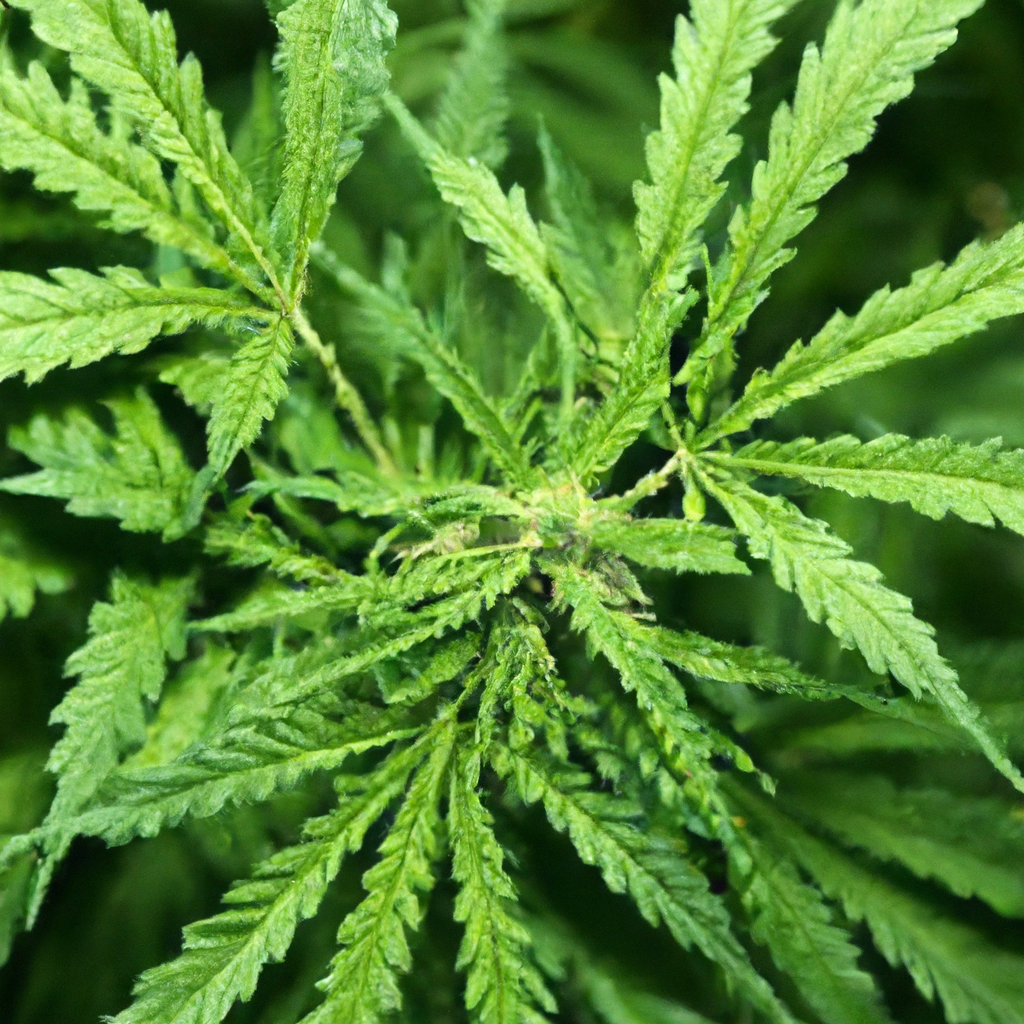John “Magic” Greenleaf – Growing greatness, one strain at a time.
In the ever-evolving world of cannabis cultivation, one of the most powerful tools at a grower’s disposal is genetics. Sustainable cultivation is not just about what we do; it’s about how we integrate natural resilience and efficiency into our practices. By focusing on renewable genetics, we open doors to more sustainable and effective cultivation methods, particularly in unique climates like Colorado’s high altitudes. Let’s dive into how advanced genetics can lead to a more sustainable cannabis future.
Renewable Genetics: A Natural Advantage
By focusing on renewable genetics, cultivators can develop strains that inherently require fewer resources and resist pests and diseases. This approach not only maintains but enhances the environmental benefits of sustainable cultivation.
- Resilient Strains: Developing cannabis that thrives in specific climates reduces the need for energy-intensive environmental controls.
- Pest Resistance: Strains bred for natural pest resistance reduce reliance on synthetic pesticides, preserving ecological balance.
- Resource Efficiency: Selecting for water-efficient genetics can lead to significant savings in water usage, a crucial component for sustainable agriculture.
John’s Top Strains for Sustainability
With over 30 years of experience, John “Magic” Greenleaf has mastered the art of selecting and stabilizing unique strains that offer sustainability alongside potency and flavor.
- S:t – A high-altitude sativa known for energetic effects, it thrives in cooler temperatures and boosts pest resistance naturally.
- Mile High Mystique – This hybrid balances calming effects with drought tolerance, making it ideal for water conservation efforts.
- Magic Kush – A strong indica packed with medicinal properties and naturally high yields, reducing the need for excessive cultivation inputs.
Implementing Genetics in Sustainable Practices
Integrating renewable genetics into your growing operations contributes significantly to overall sustainability. Here are some practical steps:
- Research and Select: Choose strains specifically bred for your climate and micro-environment.
- Monitor and Evaluate: Use advanced technologies like automation sensors to track plant health and efficiency.
- Hybridize and Stabilize: Experiment with crossbreeding to create new strains that maximize the benefits of renewable genetics.
Tags: Advanced Genetics, Sustainability, Sustainable Cultivation, Organic Cultivation, Educational Insights


Leave a Reply